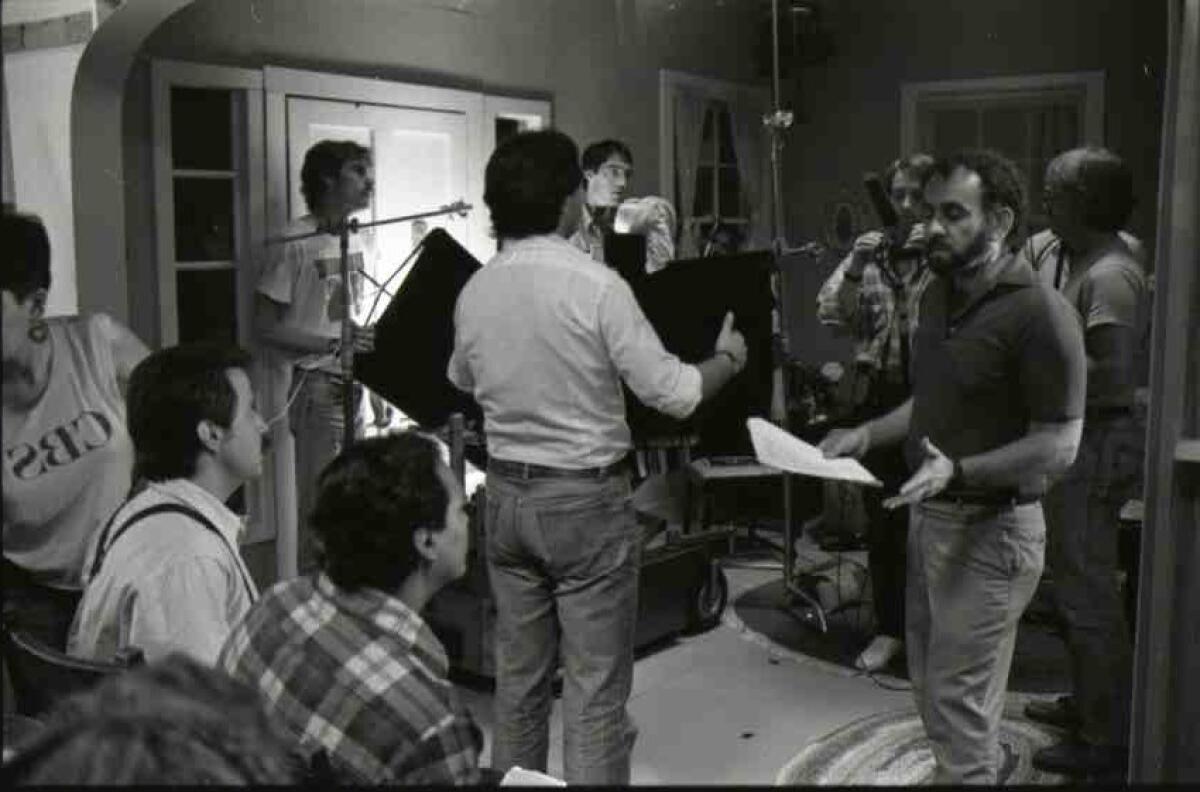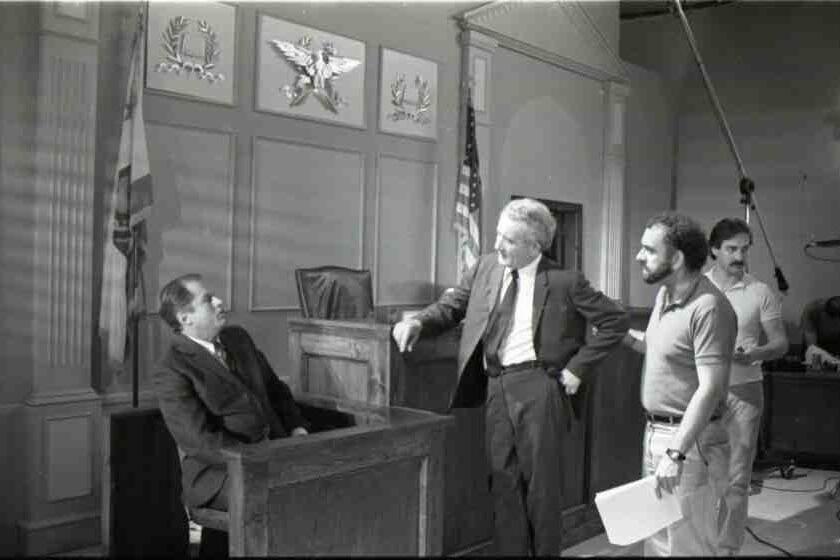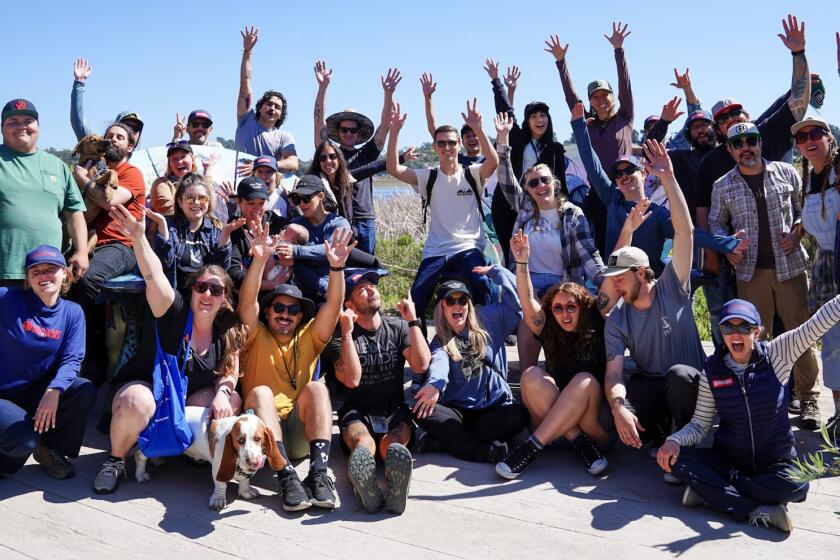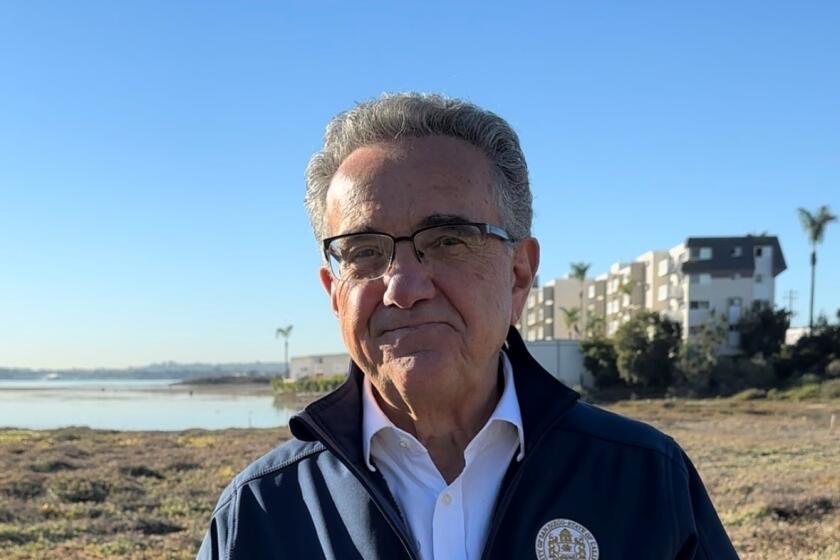Commentary: Mexican American parents fought for students in Lemon Grove in 1931. We saved their stories.

As a filmmaker, I’ve been lucky to be able to explore many historical moments in our transborder region, from the U.S.-Mexican War of 1846, which created the border as we know it today, to the stories of some of our unsung heroes who have been nearly forgotten, like Ramon “Chunky” Sánchez and Pedro J. González.
Now, social protests have erupted around the country. Historical statues are being toppled. Deepening racial disparities in American society have been painfully exposed as we’ve been forced to confront the contorted ways in which we memorialize parts of our racialized history and erase other parts of that same history.
As heated discussions unfold about many stories that have been erased from our history books, I’ve been thinking about a film I produced nearly 35 years ago, “The Lemon Grove Incident.” The film, first broadcast on PBS in 1985, chronicles a little-known legal case that took place in Lemon Grove back in 1931.
The case would become the first successful legal challenge to school segregation anywhere in the United States. The battle to end racial segregation is usually linked to the landmark U.S. Supreme Court case of Brown v. Board of Education in 1954. However, there were many legal challenges to segregation prior to that case, including the Lemon Grove case nearly a quarter of a century earlier.

On Jan. 5, 1931, Jerome Green, the principal of the Lemon Grove Grammar School, barred 75 children of Mexican descent from entering the school. The previous summer, the school board had decided to segregate the 75 children of Mexican descent from the 95 Anglo students in the grammar school.
Read more perspectives on the Lemon Grove Incident:
While I am a supporter of Black Lives Matter, I wonder whether we could somehow shed light on the manifold parallels between the Black and Brown experience.
The American Dream was compromised in 1930, when the Lemon Grove school board attempted to segregate 75 Mexican American-born children to be educated in a separate school building.
In court, the school board would argue that the Mexican children were so deficient in English that their Anglo classmates would suffer from being taught at a slower rate. The Mexican students were accused of causing health and sanitation problems and of coming from homes where ignorance and poverty prevailed.
A new school had been erected on nearby Olive Street, rationalized as an “Americanization” school which would introduce the Mexican American children to American culture and language — despite the fact that most of the children had been born in the U.S. and some spoke no Spanish at all. On the day the children returned from Christmas vacation, Principal Green stood at the door of the grammar school and barred all pupils of Mexican descent, instructing them to attend the Olive Street School.
The school board had not counted on the response of the Mexican American community. It had not informed the Mexican parents of their plan, and the parents refused to let their children attend the new school. They formed a neighborhood committee and acquired legal counsel with the help of the Mexican consulate. They filed a class action suit in San Diego County Superior Court, Robert Alvarez v. the Board of Trustees of the Lemon Grove School District. On March 11, 1931, Judge Claude Chambers ruled against the school board, demanding the immediate reinstatement of the Mexican American children.
The parents of these children believed deeply in the value of public education. They acted at a moment when Mexican immigrants were encountering heightened racial discrimination. The onset of the Depression contributed to hostile public attitudes, making people of Mexican descent scapegoats in the Southwest. The same year as the court case, President Herbert Hoover began a so-called repatriation program, leading to the forced deportations of an estimated 2 million Mexicans and Mexican Americans back to Mexico. Many of them were American citizens.
In that light, the actions of these parents were truly heroic and the fact that their story was nearly forgotten prior to the 1985 film is an all too familiar example of historical erasure. Thankfully we were able to interview over 80 individuals who were connected with the original incident. Their memories were key elements for me and Dr. Robert Alvarez Jr. in creating the script for the film. Perhaps not surprisingly, many Anglo students had no recollection of the case, unlike Mexican American students who remembered the incident vividly.
The time is long past due for San Diegans to come to terms with the ways in which racial discrimination against Mexican origin people has been erased out of the historical record. In these times of often hurtful rhetoric, we would do well to remember the commitment these Lemon Grove parents made to their children’s future in the public schools, schools in which Black and Brown students are more segregated today than they were before the Brown v. Board of Education case.
And as we consider the dramatic reckoning our current conditions demand, we would be well advised to rethink which stories need to be taught in our educational institutions.
Espinosa, the producer and writer of “The Lemon Grove Incident,” is an independent filmmaker based in San Diego, president of Espinosa Productions and professor emeritus in the School of Transborder Studies at Arizona State University.
Get Weekend Opinion on Sundays and Reader Opinion on Mondays
Editorials, commentary and more delivered Sunday morning, and Reader Reaction on Mondays.
You may occasionally receive promotional content from the San Diego Union-Tribune.







